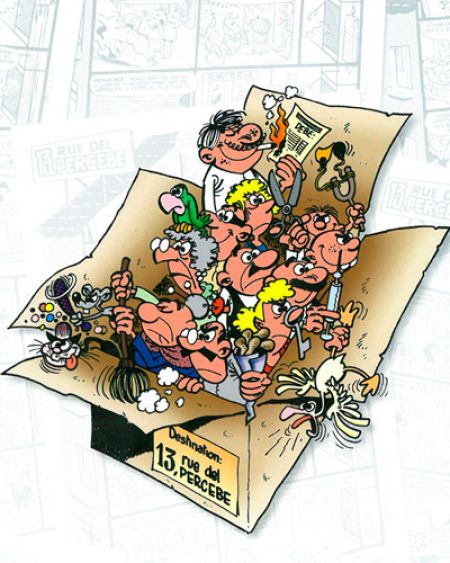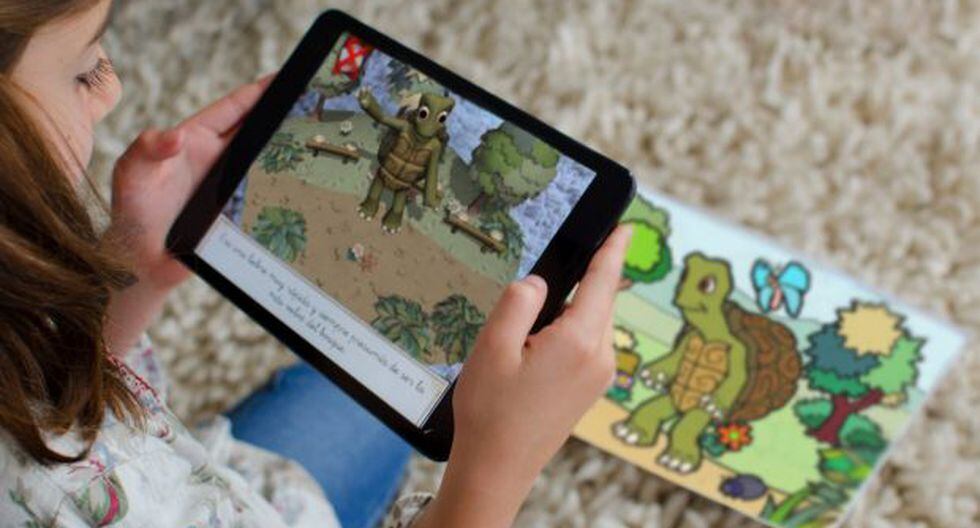Good morning, afternoon or evening, dear readers! We're the Pickles, once again, and we're here today to finally dig further into how could a storytelling activity be conducted in a similar situation we're currently leaving regarding the COVID-19 while making it fun for the students, always fostering their creativity by encouraging them to take part in innovative, dynamic activities. This week's posts will be, however, slightly different than the usual, as we'll also include the Historian part here, in order to build a more holistic view. I'm Alicia, and as the facilitator throughout this week, I'll introduce our wonderful ideas.
TikTok
We're positive you're already quite familiar with it. TikTok, formerly known as Musical.ly, is an app that focuses mainly on videos; most precisely, music videos. People dance, sing or mainly lipsync their favorite songs while filming themselves... But these are only the most common ones! It's worth keeping in mind how diverse the TikTok community is, so despite being classified as "cringy" by so many people, you can still find talent there with people who work very hard in order to create amazing content, such as timelapse drawings, makeups, or even transitions that will leave you speechless.
Now then, how could we use TikTok for creating a storytelling activity? Well, it's quite simple, honestly, so we've going to explain it briefly in a couple of steps. Nonetheless, if you're not that used to the app, we recommend checking our padlet
here where we've already uploaded the basics to become a TikToker.
1. The script of the story will be given to them. All the team members need to have the app, as they'll be filming different parts. This constitutes the epistemic design.
2. They'll need to distribute the different characters and each one of them must create their own props.
3. They'll need to organize the different scenes and the timing, knowing that they can only film a 15 seconds long video if they're using a previously generated audio, but they can film up to a minute if they don't choose any audio.
4. They'll need to establish order, as the first video uploaded must be the end of the story so people can scroll down through their page as see the whole story in the right order.
The understanding of their classmates by working in groups and dividing the different parts of the whole story into smaller, different videos belongs to the social design, whereas the set design would be introduced through the props, clothes, and all the materials that were used.
In regard to the evaluation, students' creativity will be greatly valued. This includes the props, clothes, and even the audio choice, as well as how the act is performed.
VRChat
Besides it being a great tool for tasks such as these, the idea of the students not being together while performing the act seemed a bit odd for such a methodology, as each one of them would be in charge of creating a video by themselves and even if the outcome was great it would be weird to not have the characters interact with one another directly. Therefore, we kept thinking about it and we figured out the one idea that we firmly believe to work the best:
VRChat.
Now then, the main idea would be the same: students would be put together in groups and they'd be given a script, but even if they cannot physically be together, they would virtually be. This platform is easy to use and quite fun and entertaining, too, allowing them to choose the avatars they want and visit a wide range of words, from a simple house to the most fantasy-looking spaceship. They only need a computer or a laptop and an Internet connection. The program can be downloaded for free from
Steam and they don't even need an expensive device such as Oculus Rift to play, as they can use their keyboard.
In addition, they can even create their own models and worlds... Although that's quite more complex, yet nobody's going to stop them if they want to learn!
VRChat offers extremely intuitive controls. Therefore, these would be the required tools:
1. The script of the story that is going to be portrayed.
2. A computer/laptop.
3. VRChat.
4. The "world" or maps where the story's going to take place.
5. The "cast"; the models that are going to be used to portray the story.
Following the ACAD model, the students will follow these steps:
SET DESIGN:
The students will use VRChat along with all the models it offers and they can either take screenshots or film the whole story by recording the screen with a program such as bandicam, although newer devices with Windows 10 allow the user to record it by pressing the Windows button + G. Then they will put the video together and edit it with a video editing software, such as Sony Vegas or Adobe Effects, although they will be encouraged to use a free platform such as Movie Maker.
SOCIAL DESIGN:
They will be divided into different groups to perform the task. Each group will have the necessary amount of students to cover all the characters and they will equally take part in the activity, giving their opinions and choosing the models. Thus, they will have had to divide their work into smaller pieces so they can pay attention to them in a more individualistic way, but always keeping in mind that the whole group must participate and give their opinion in regard to the activity.
By doing this, we'll be fostering students' tolerance, confidence, and critical thinking, which happens to be essential.
EPISTEMIC DESIGN:
By giving them the script they will have the base instructions to perform well in the task, but they will be the ones that are going to show what they've learned so far through the activity itself, so they will learn to be responsible with their own tasks.
OUR PERSONAL FAVORITES!
This is the world we liked the most. It consists on a huge forest with a large lake on it that also contains a house, which could be use for grandma's.
Moving in depth into the Historian part, we've come across the following articles:
Firstly, we've chosen
this video, which focuses on the uses that Virtual Reality can have in education. In this case, a more complex device is used to get a complete feeling of belonging to that virtual world, instead of using just the keyboard to move around. It's fun and entertaining, and it could certainly be used in the near future. It is also worth mentioning how useful it'd be in situations like the one we're currently leaving, as it'll be something new and they won't get tired of it that fast.
Secondly, we have looked around our classmates' blogs only to find quite unique ideas. For instance, we loved what
The Outsiders said regarding adapting ourselves to the situation we're currently living, changing everything that's been already designed due to a sudden change. As teachers, having a plan B, C or even D always comes handy and they make the difference.
Last of all, these are the roles for this week:
Facilitator: Alicia
Historian: Natalia and Marta
Curator: Martha
Translator: Alex and Carlos
Analyst: Celia
Star: Ben
And that's all for this post. Stay strong and have a lovely week, at home!




































